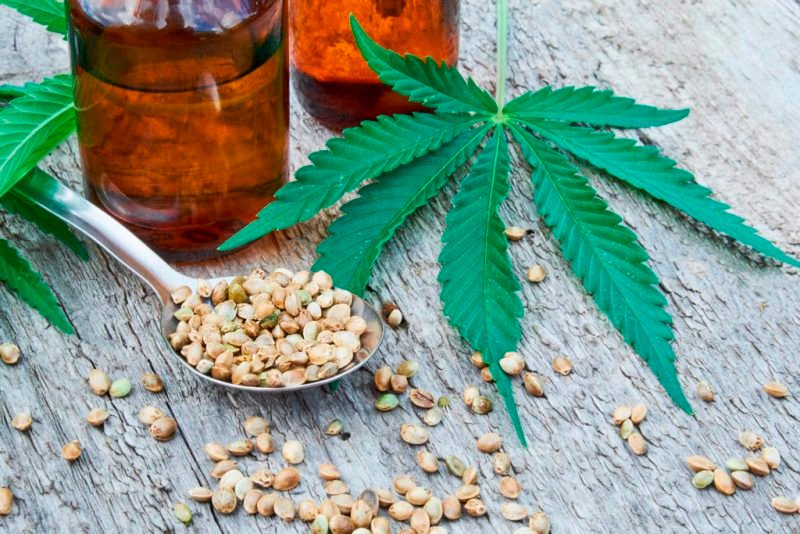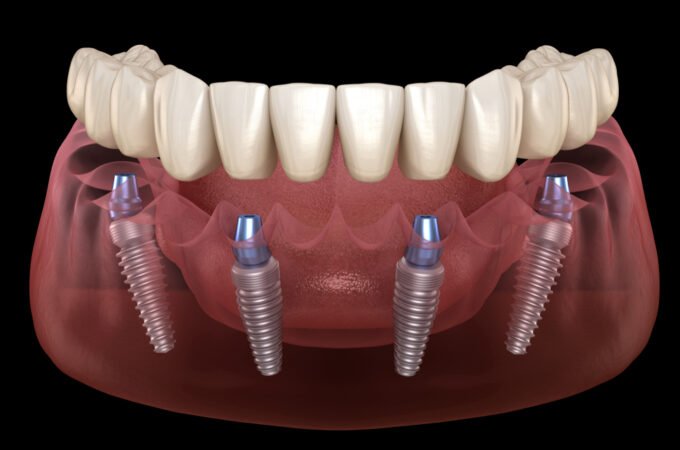
How Does Full-spectrum CBD Oil Work
To begin our discussion, we need to know the different types of CBD oils and what makes them different. Full-spectrum CBD oil contains multiple cannabis plant extracts, including essential oils, terpenes, and other cannabinoids. Full-spectrum CBD may also contain up to 0.3% of THC. Broad-spectrum CBD oil is very similar to full; however, in broad contains no THC. CBD isolate is strictly just the CBD compound that is extracted from the plant.
Evidence of the Health Benefits

A wealth of anecdotal evidence, blogs, and marketing literature states that CBD oil can cure anything from cancer to arthritis. However, the limited research certainly does not indicate that CBD oil is a substitute for conventional medication. Even when exploring alternative cures for various medical problems, you should never stop taking your conventional medications and always consult with your doctor before including any CBD products in your treatment. The main reason that CBD is not being considered as an approved form of treatment is due to the fact that CBD has not received any approval from the FDA.
Why is CBD not approved by the FDA?
The reason is that it contains no FDA-approved Cannabinoids at all. This may seem highly ironic given that it is scientifically proven that THC and CBD have distinct biological activity. These differences have been proven through decades of research into the medical benefits of cannabis oils and products. While there has been a lot of scientific and clinical evidence indicating the health benefits of CBD and THC, and their ability to help reduce seizures, alleviate chemotherapy side effects, and treat various forms of cancer, including breast cancer, CBD is not yet approved by the FDA. Until this day, the use of CBD is still prohibited in the United States under federal law.
How it All Works

CBD works by interacting with the endocannabinoid system, which is a complex biological system consisting of three components: receptors, enzymes, and endocannabinoids. Receptors exist throughout the body and are substances to which endocannabinoids bind; two types of enzymes appear and break down the endocannabinoids; these endocannabinoids complement the body by keeping internal functions running smoothly. In order to fully understand the effects, we must first look at the relationship between the receptors and endocannabinoids. There are two types of receptors, CB1, which are primarily in the central nervous system and govern coordination, movement, pain, appetite, memory, and mood. CB2 receptors reside in the peripheral nervous system and are responsible for pain and inflammation. after the enzymes break down the cannabinoids, the endocannabinoids influence these receptors in some way, activating them, which causes the various health benefits that people report. For a better explanation, you should check out how Leafwell Botanicals explains full spectrum CBD oil.
It can be shocking to learn that such a substance exists like CBD that has so much potential to help so many out there struggling with major health problems; however, it is not even being considered. Perhaps soon, we will see the day when old, outdated ways of thinking change and the stigma surrounding a naturally grown plant will disappear. Maybe then these restricting laws will be lifted, and health professionals will be free to research and explore just how much substances like CBD and other naturally occurring compounds can be used to potentially cure diseases that plague mankind. Until that day comes, the true healing nature and the many benefits that CBD could possibly bring to the field of medicine will remain speculative and treated as more of a home remedy rather than the life-changing medicine that it and the other compounds like CBD could turn out to be.




